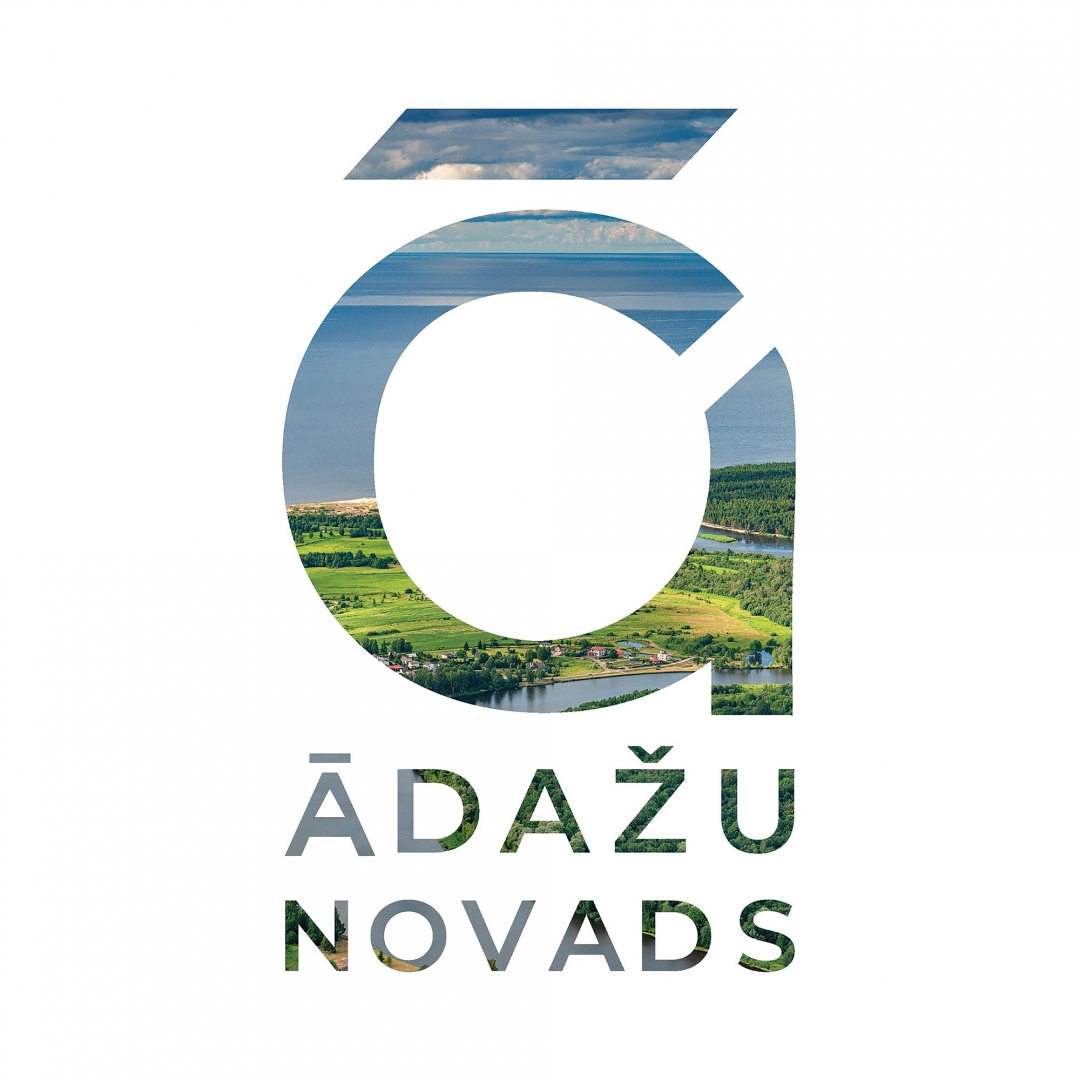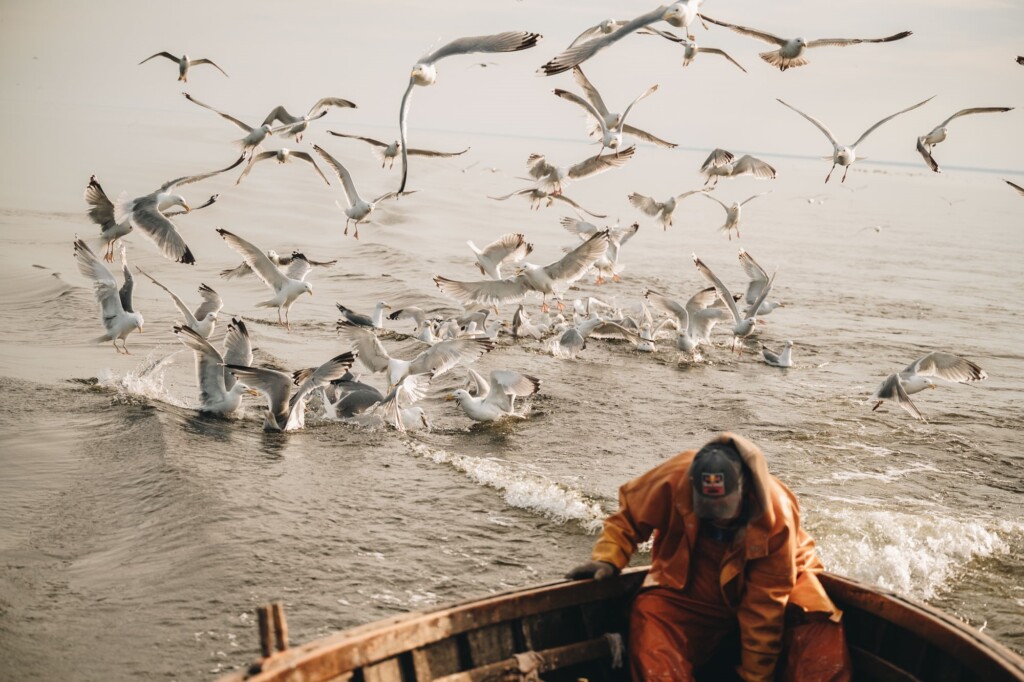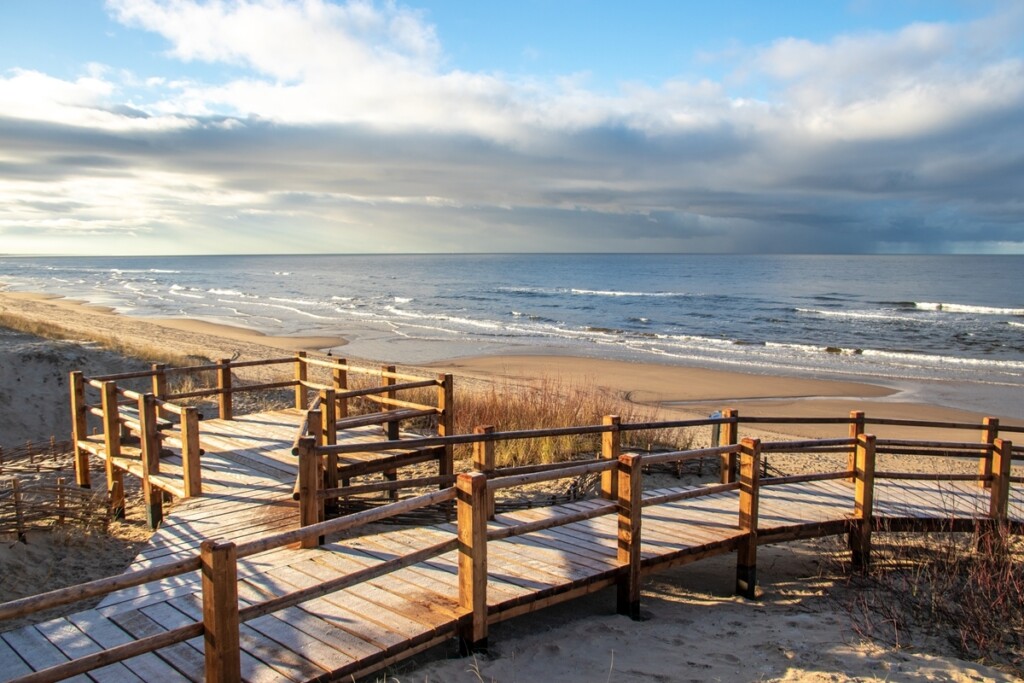
Carnikava and Carnikava parish

Carnikava Parish is the most populous territorial unit of Ādaži Municipality, with over 9,700 residents living across its 80 km² area. During the summer season, the population increases significantly as summerhouse owners and vacationers from all over Latvia return.
Carnikava Parish includes several important settlements, among them the largest villages — Carnikava, Garciems, Gauja, Kalngale, Garupe, and Siguļi. One of the parish’s most notable natural features is the “Piejūra” Nature Park, which covers one-fifth of the parish and stretches along 19 km of coastline.
The parish center is the seaside village of Carnikava, located where the Gauja River flows into the Gulf of Riga. This is a uniquely scenic area where river, sea, meadows, and forests meet — an ideal environment for peaceful relaxation in nature. Here you will find a wide beach, a promenade, fishing cultural heritage, as well as nature parks and cycling routes.
Carnikava Parish is especially suited for nature tourists, families, and active lifestyle enthusiasts. The Gauja Lower River Nature Park, eel fishing traditions, open-air events, and local artisan markets create an authentic seaside experience just outside Riga.
History and Values of Carnikava and Carnikava Municipality
Carnikava is one of Latvia’s oldest villages, first mentioned in 1211 in Henry of Livonia’s Chronicle. The village developed around the Carnikava manor, and its manor park has been preserved in the village center to this day.
Carnikava Parish was established in 1992 when it separated from Ādaži Parish. From 2009 to 2021, Carnikava was an independent municipality, after which it merged with Ādaži Municipality to form the current Ādaži Municipality.
Carnikava is also known for its traditional lamprey fishing heritage, which is included in Latvia’s Intangible Cultural Heritage list. Lamprey fishing, carried out according to ancient traditions, is one of Carnikava’s historic and cultural features that attract both locals and tourists. Natural assets, such as the “Piejūra” Nature Park — covering 19 km of coastline — further enhance the parish’s significance as a tourist destination.

